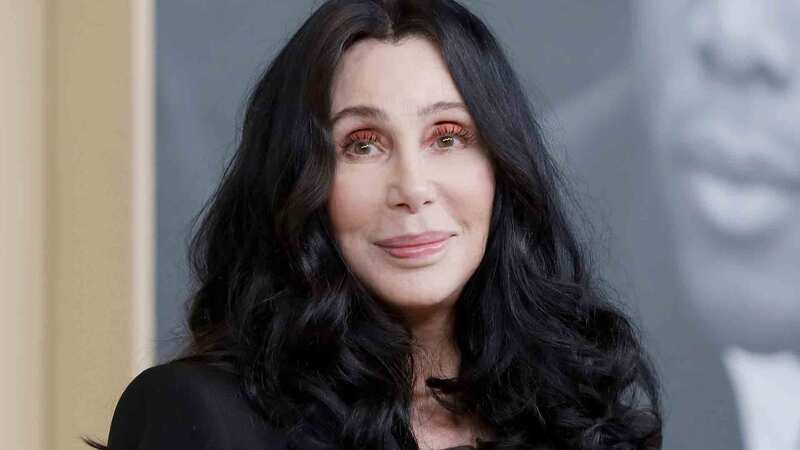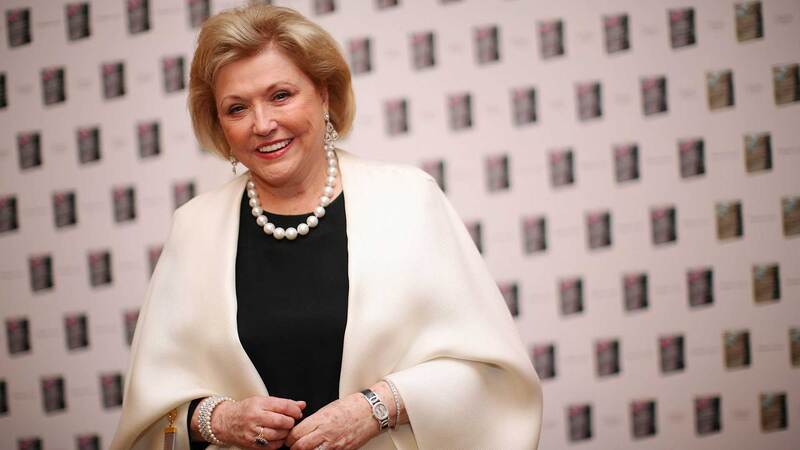You are viewing your 1 free article this month. Login to read more articles.
Claude Grahame-White: Hero of the air
In 1919, pioneering aviator Claude Grahame-White co-founded Aerofilms Ltd, the world’s first aerial photography company. Famous for his adventures in the air in the early days of aircraft, Claude had helped his country during the First World War by manufacturing aeroplanes for service on the Front. At the end of the war, he was looking for a new enterprise that would keep Britain flying during the peace.
Born on 21 August 1879 at Bursledon Towers, Hampshire, Claude Grahame-White’s aptitude for engineering was obvious at school. At the age of 16 Claude convinced his parents to let him train as an engineer. Apprenticed to a firm in Bedford, he built his own bicycle before buying his first car. In 1898 aged 19 Claude went to work for his uncle Francis Willey at the Shipley Wool Combing Company, where he had several successes, including introducing lorries to replace the company’s Shire horses. Recognising the potential of the motor vehicle as a means of public transport, Claude left Shipley’s to form the Yorkshire Motor Vehicle Company. But unfortunately the business failed due to a lack of skilled drivers – perhaps Claude was just too far ahead of the times.
In 1900 Claude met the wealthy land-owner George Wilder and his wife. They paid Claude to buy new cars on their behalf, and teach them how to drive. For three years Claude was the agent for their 20,000 acre estate, Stanstead Park. Following nine months travelling in South Africa he returned to London to set up his own motor car dealership at No.1 Albemarle Street, importing cars from France.
Although Claude had bought his own balloon to make lighter-than-air flights, he disliked being at the mercy of the prevailing wind. By this time, however, the Wright brothers had shown that it was possible to fly an aircraft with an engine, and aviation was starting to develop. Claude had met some of the inspirational men involved in the earliest powered aeroplane flights whilst on business in France, so he arranged to spend eight weeks working at Louis Bériot’s factory, where he taught himself to fly. On 16 December 1909 he took the flying test, and on 4 January 1910 was awarded Brevet number 30 by the Aéro Club de France – the first Briton to hold an internationally-recognised pilot’s certificate.
Claude spent much of 1910 competing in the British and American flying seasons. His prize money and appearance fees for the year totalled $250,000 and he was fêted on his return from the US. His winnings enabled him to buy and develop the London Aerodrome, 207 acres of former farmland in Hendon, north London. Hendon became one of the great centres of aviation, as many thousands of people visited each week to enjoy the great spectacles of daredevil flight that Claude organised.
During the First World War, Claude’s premises at Hendon expanded very rapidly to cope with the military demand for aircraft, but following the Armistice in November 1918 the Government cancelled the contracts and left Claude – and other aircraft manufacturers – with idle workman and silent production lines. To keep his head above water, he returned to automobile engineering. But a young man called Francis Lewis Wills, who had served as a Royal Naval Air Service Observer, approached Claude with an idea for a new kind of business, which would keep them both in the air.
One of Francis’ responsibilities had been to take aerial photographs. It is said that he realised the value and potential of aerial photography whilst on a mission over the strongly fortified German positions on Heliogland. At the beginning of the First World War, aerial photography was hardly better than a curiosity; by the end it had developed into a fully-fledged discipline. But no one had ever tried to make a commercial business out of this technical, military practice.
Nevertheless, Claude invested £3,000 to form Aerofilms Ltd on 9 May 1919. By the end of 1920, the young firm had taken nearly 2,400 aerial photographs for their clients, everything from south coast seaside resorts for postcard manufacturers, to factories for captains of industry. By 1939 Aerofilms had used nearly 63,000 glass plate negatives to capture unique views all over Britain and Ireland.
Continuing to photograph the country after the Second World War, Aerofilms Ltd built the largest and most historically significant collection of oblique aerial photographs. Now transferred to public archives, Claude and Francis’ unique view of 20th-century Britain lives on.
Katy Whitaker is one of the authors of Aerofilms, published on 20 February by English Heritage.















